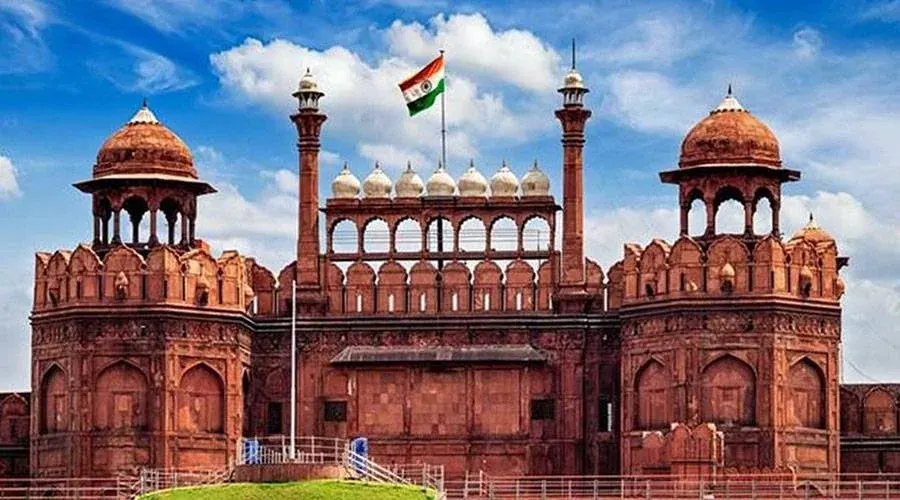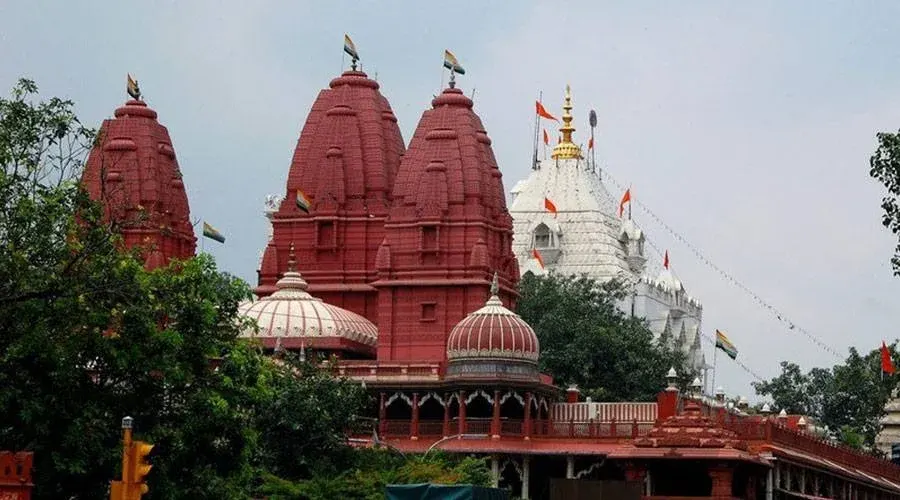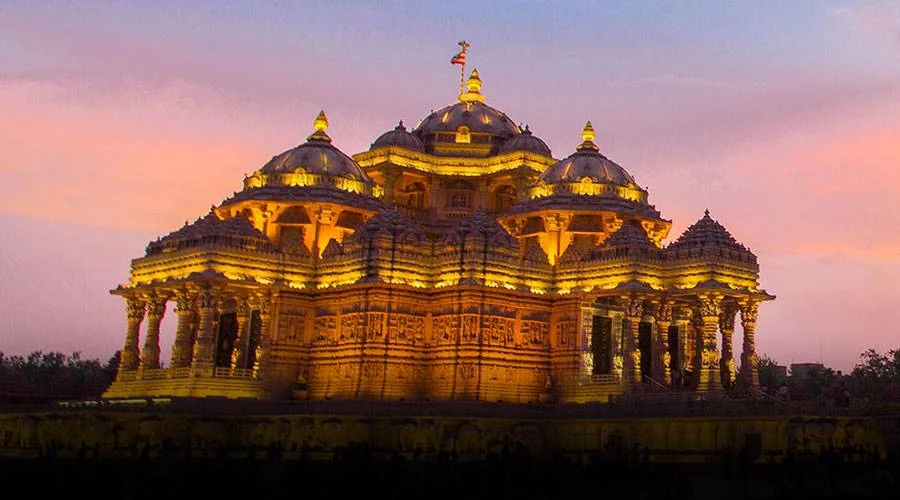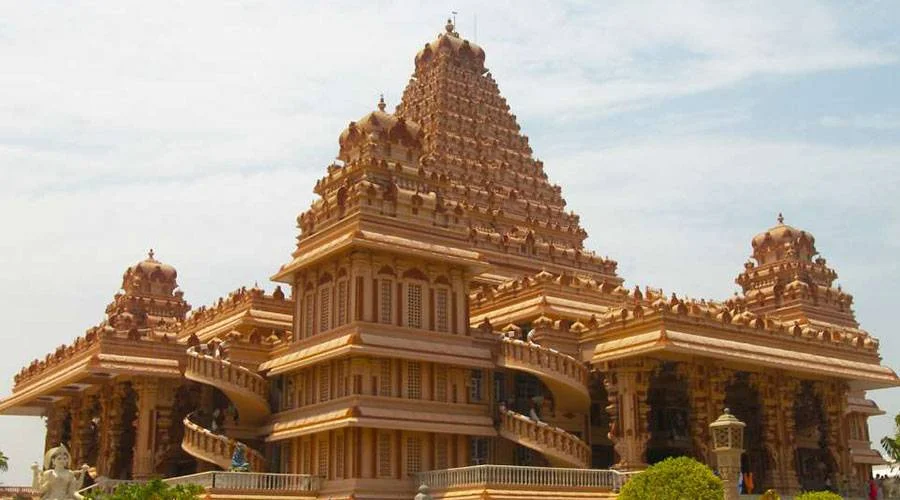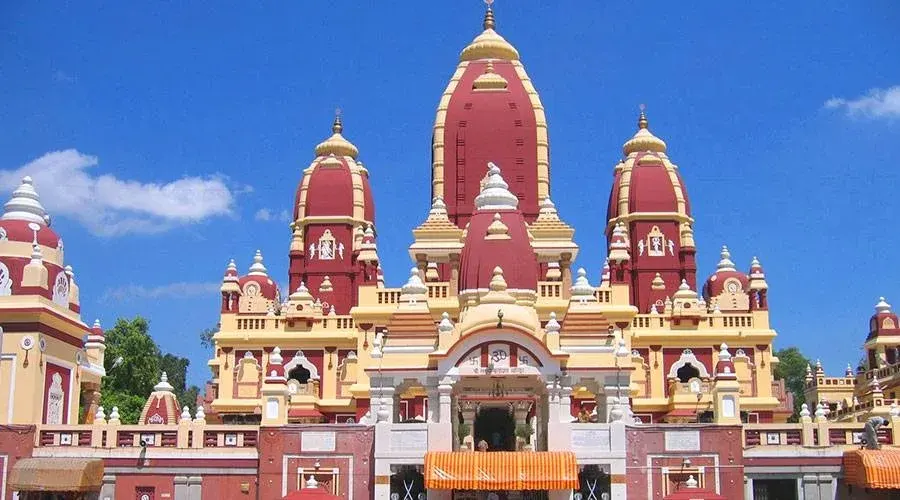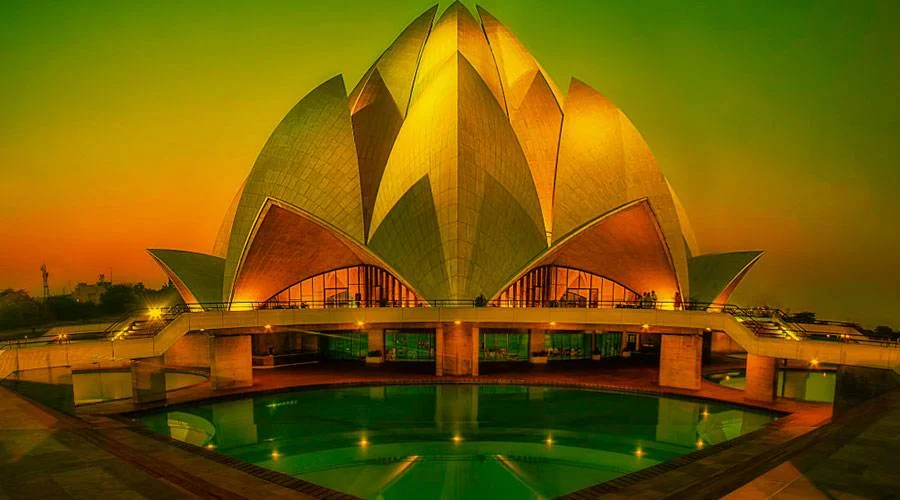Gurudwara Bangla Sahib, Delhi
Undoubtedly, the most eminent Sikh pilgrimage site in Delhi, Gurudwara Bangla Sahib is one of the major parts of the city for a long time. Originally, Bangla Sahib was a bungalow that belonged to Raja Jai Singh - a 17th-century Indian ruler, and hence, the place was touted as Jaisinghpura Palace. The small Sarovar at this gurdwara in Delhi has a huge religious reverence for pilgrims, especially Sikhs. It is said that a holy dip in the water of this Sarovar can wash away all the sins of an individual. Similarly, it is believed that a dip can also remove all skin-related problems.
Gurudwara Bangla Sahib is reckoned amongst the most popular Sikh pilgrimage centers in India, and thus, witnesses thousands of devotees every day. Inside the complex of Gurdwara Bangla Sahib, there is a gurdwara, a school and art gallery, a small pond (Sarovar), a kitchen, and a large dining hall. At the dining hall, the non-stop langar is served to the devotees irrespective of their caste, religion, and gender. Moreover, there is a tradition where one covers his/her head throughout the period when he/she is in this Sikh temple in Delhi. Therefore, you can expect to be pointed out by anyone if you are not covering your head with a small cloth. Besides, the gurdwara complex also includes Baba Baghel Singh Museum, a higher secondary school along with a hospital and a library. Of late, the gurdwara has undergone renovation work that brings the facility of multi-level parking and travelers hostel named Yatri Niwas and has also made langar hall fully air-conditioned. One of the most fascinating about this place is that people from the Sikh community are mostly the ones who come up to be volunteers to either serve food at langar hall or to wash dishes in the kitchen or to collect and take care of the shoes at the shoe-minding room.
History
Unlike most other Gurudwaras in the country, Gurudwara Bangla Sahib wasn’t originally built as a shrine. It was initially a bungalow called Jaisinghpura Palace that was owned by Mirza Raja Jai Singh, the ruler of the Amber kingdom (later known as Jaipur) and a senior general of the Mughal Empire in the 17th century. In 1664, when Guru Har Krishan visited Delhi, he stayed at this bungalow. Severe cholera and smallpox epidemic broke out in Delhi during the same time. The Guru extended his helping hand for the affected people by offering water from the well located within the bungalow complex. But the Guru himself contracted the ailment and finally died in that same bungalow.
After his death, Raja Jai Singh dedicated his bungalow to commemorate the revered Guru. Thus, Gurudwara Bangla Sahib came into being and became a major place of worship for the Sikhs. The Raja also built a tank over the well, which is today a distinctive feature of this Gurudwara.
Over the years, the structure of the original Gurudwara underwent several changes. It was rebuilt by Sardar Bhagel Singh Dhaliwal, a Sikh general, in 1783. The present structure of the Gurudwara, however, was built mostly after 1947.
Bangla Sahib has an important history attached to itself, and it is believed that the waters of the Sarovar here have miraculous healing properties. The Gurudwara was once a bungalow belonging to Raja Jai Singh in the 17th century and was known as Jaisinghpura Palace at that time. When the eighth Sikh Guru, Guru Har Krishan visited Delhi in the year 1664, he stayed over at the palace itself. Due to an unforeseen turn of events, there was an outbreak of cholera and smallpox in the region which claimed several victims.
Architecture
Gurudwara Bangla Sahib is known as much for its religious significance as for its splendid architecture. The grand edifice is built in Sikh architecture. While the whole structure is made using white marble, it is topped with a central golden dome which is its distinctive feature. The tall flag mast standing atop the dome is called Nishan Sahib and can be seen from afar. Intricate carvings adorn the front wall of the Gurudwara. The presence of the huge water tank, called Sarovar, inside the complex further enhances the aesthetic beauty of the whole structure. In addition to the Gurudwara and water tank, the complex also contains a community kitchen aka langer, a museum, an art gallery, a school, and a hospital, and a library.
Langar
Nobody sleeps hungry under the blessings of the divine soul. The Gurudwara has a Langar Hall, where meals are provided for all regardless of race, caste, gender, or religion, and that too without any charges. You can also render your services to the Almighty by helping out in the langar kitchen, which is believed to be one of the most blessed prayer services in the shrine. Simple yet tasty lentils, Rotis, and rice are served in the langar.


